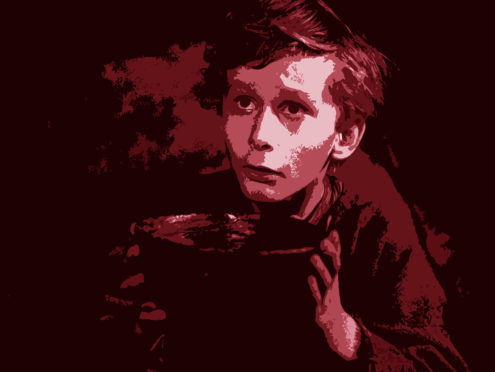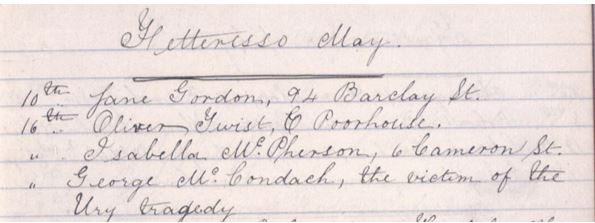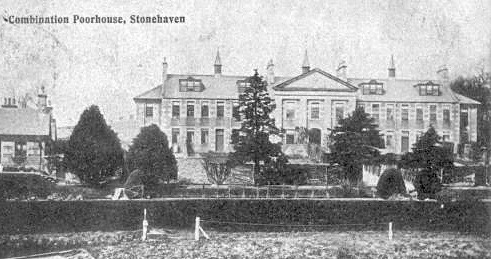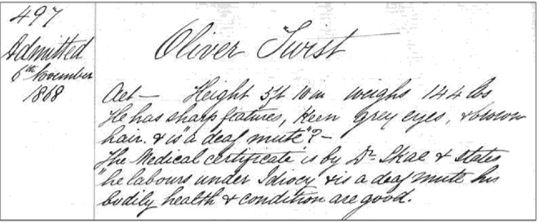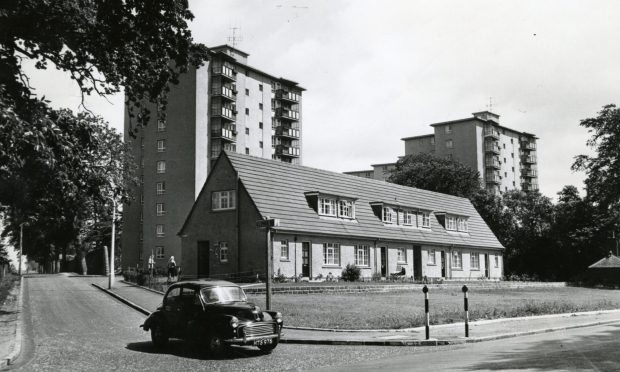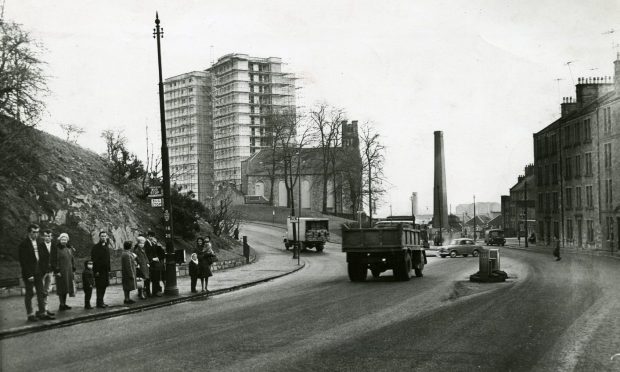It is fascinating what you find out when you chat to your friendly neighbourhood historian… such as Oliver Twist died in my house.
No, seriously, he did.
This, frankly, jaw-dropping revelation came about when I was chatting to Dr Keith Stewart, for a feature I was writing on the murder in the bothy at New Mains of Urie in Stonehaven.
You might have seen it earlier this week, or you can read it here.
Anyway, Dr Stewart was telling me he had been researching those buried in St Ciaran’s Kirkyard, on the outskirts of Stonehaven, but with no memorial to their name.
After a bit of digging (not in the graveyard but through the gravediggers’ day book) an entry caught his eye for May 16 1893 – Oliver Twist who had died in the Combination Poorhouse in Stonehaven.
As he said it, I have to admit I let out a bit of a gasp.
You see, I live in what was that very poorhouse, now converted to flats.
So, how did Dickens’ fictional character end up dying in what may (or may not) eventually become my kitchen?
In September 1868, there had been a Scotland-wide search for a “lunatic” who had escaped from Aberdeen Royal Asylum.
A policeman in Edinburgh spotted someone he thought “looked glaikit” and couldn’t account for himself.
The fact he was a deaf mute would have had something to do with it.
The eagle-eyed bobby oxtered him on to a train north to Aberdeen and handed him in, no doubt with a flourish.
Except he had the wrong man.
The policeman about turned, took his suspect back to Edinburgh and just sent him on his way.
Later the same day, the unfortunate soul was seen at Gorebridge Station making faces at passing trains so once again found himself arrested.
This time he ended up in front of a sheriff who sent him off to Edinburgh Royal Asylum.
But because he was deaf and mute he couldn’t tell them his name or where had come from so staff just named him Oliver Twist – not before noting he had ‘evidently been thoroughly trained in an Idiot institution’.
PC was not a thing in the 1860s.
Evidently, our Twist was shunted from pillar to post in the institutional system; he was in the Montrose Asylum before ending his days in Stonehaven and my house.
All of the above is related in a book Lunatics, Imbeciles and Idiots, co-authored by Kathyrn Burtinshaw and John Burt – the latter being a Dunfermline GP acquaintance of Dr Stewart from his Aberdeen University days.
The Stonehaven Oliver Twist was listed as being 56 when he died.
In which case, the year he was born was the year Charles Dickens first published his serialised novel, Oliver Twist.
Spooky.
On the subject of which, living in a former Victorian poorhouse, later a geriatric hospital before it was converted to homes, has been, ahem, interesting.
There’s been a few odd things over the years, like the occasional ‘what was that?’ shadow in the hallway, or things being ‘lost’ for days, sometimes weeks, then turning up in plain view.
I mean, how can you miss a fluorescent running jacket which you haven’t seen for a fortnight sitting on the top of a shelf in your bedroom cupboard?
So much so, when things go missing we joke about the “house ghost” putting them back eventually.
Which begs a question.
Am I being haunted by the spirit of a fictional Dickens’ character?
